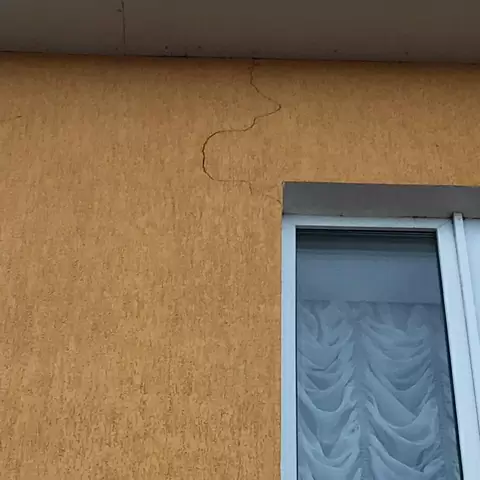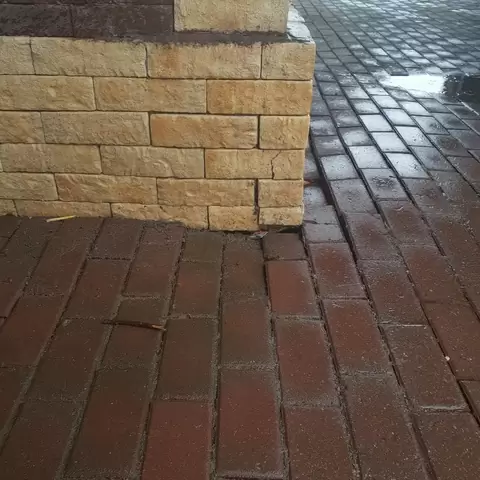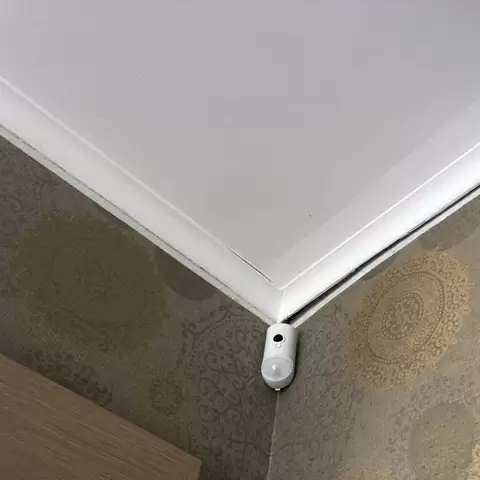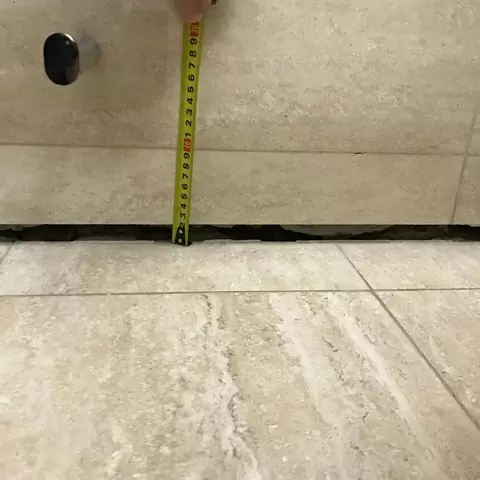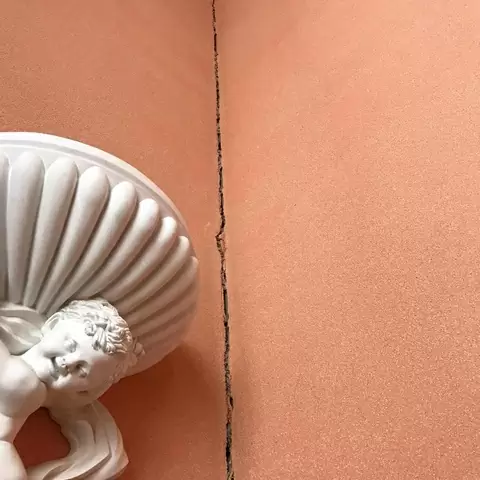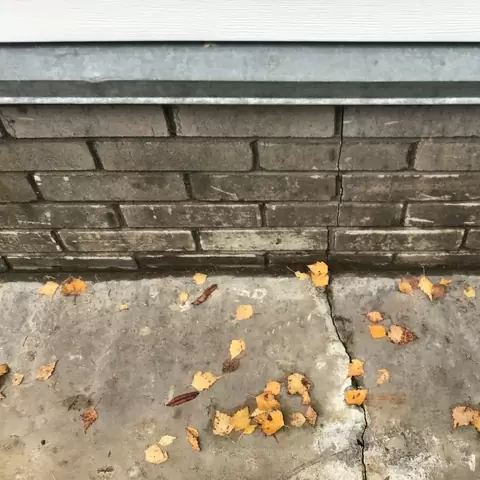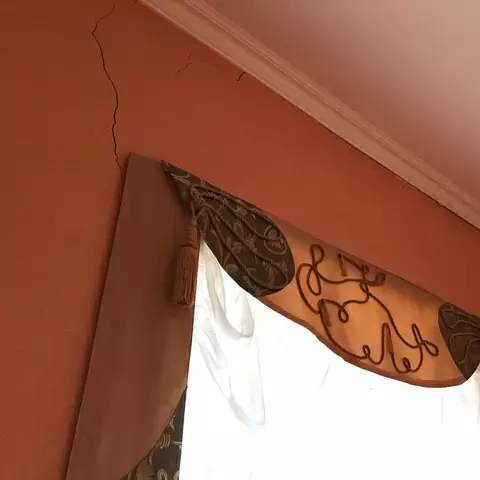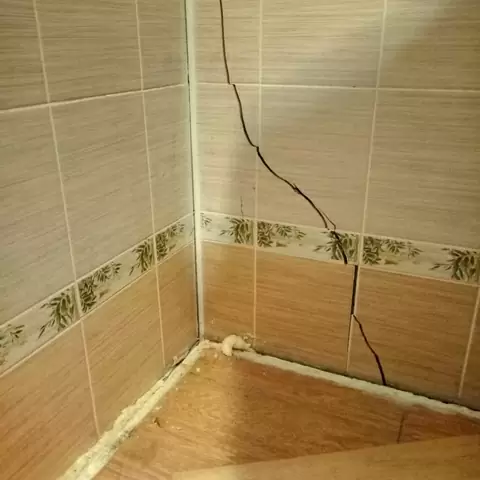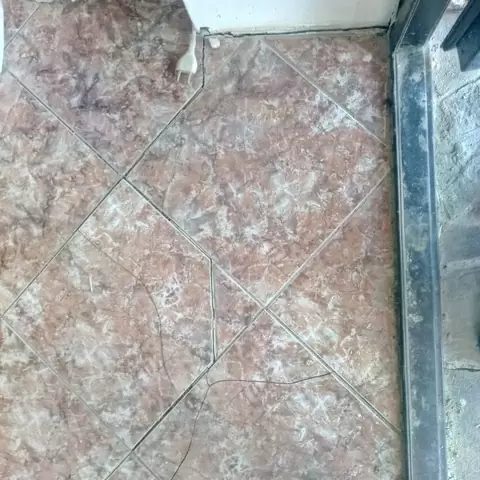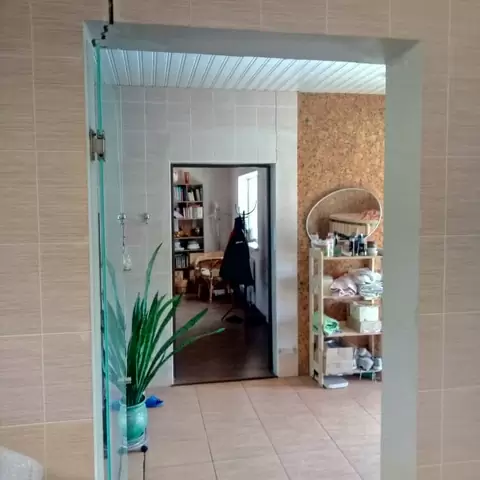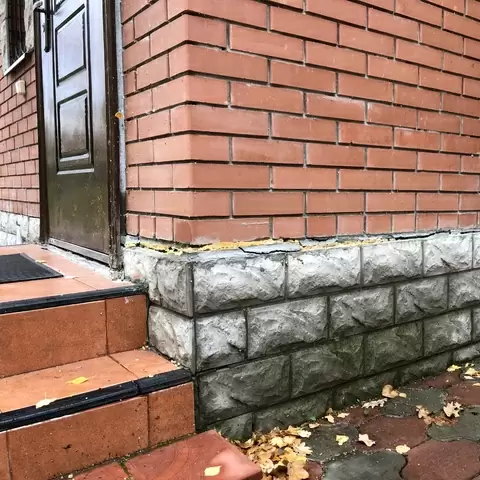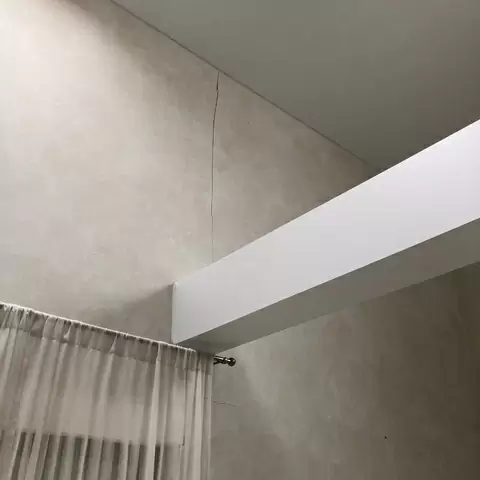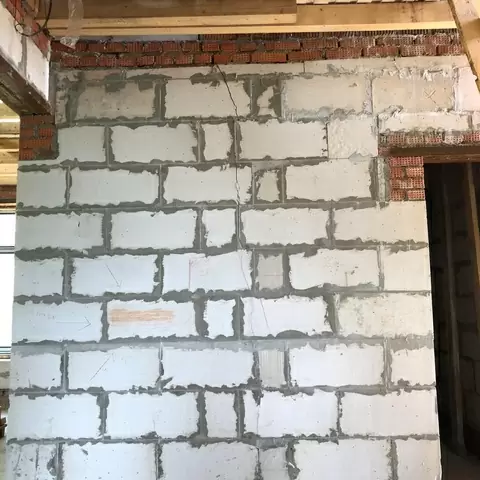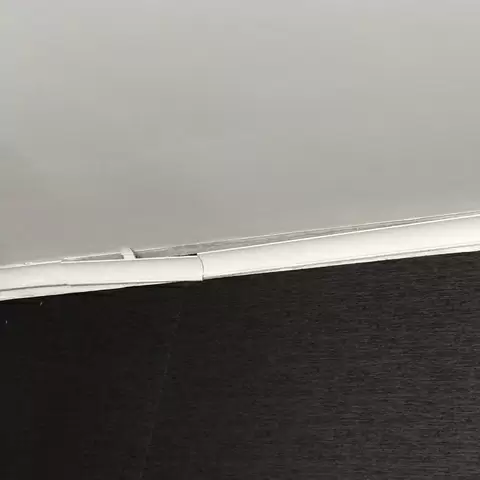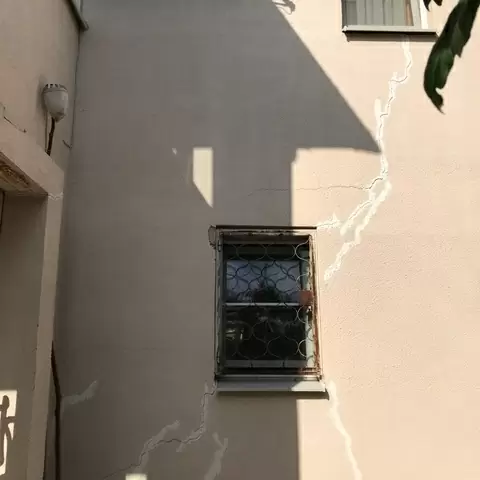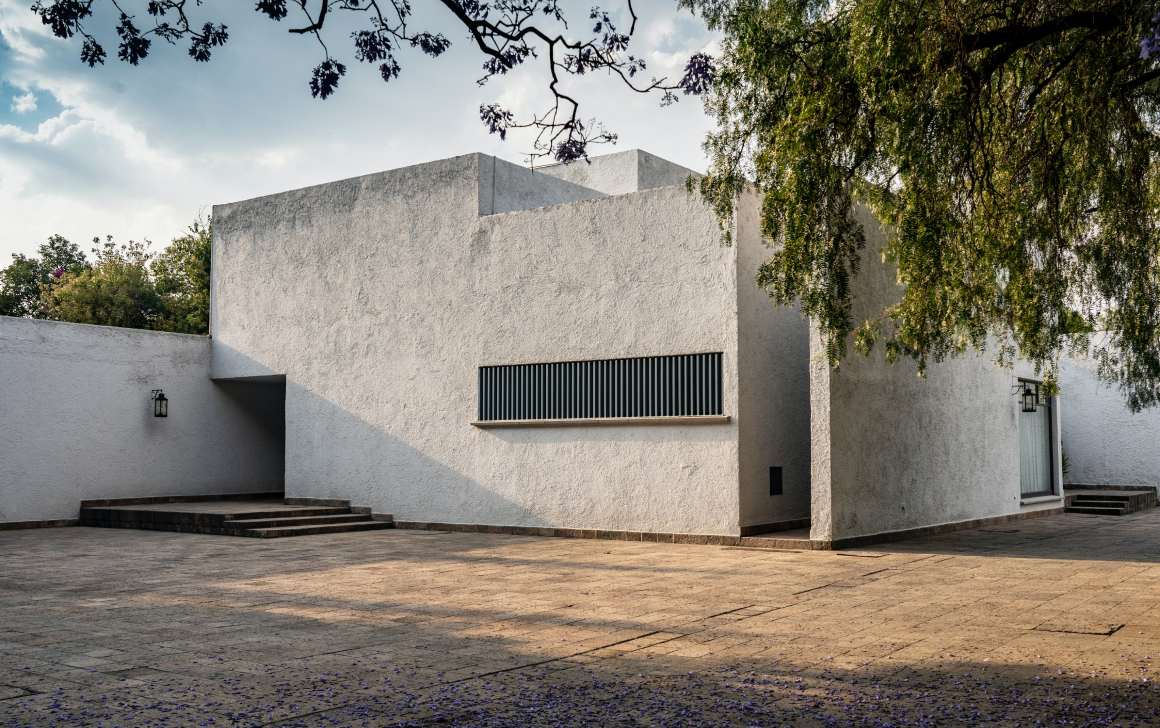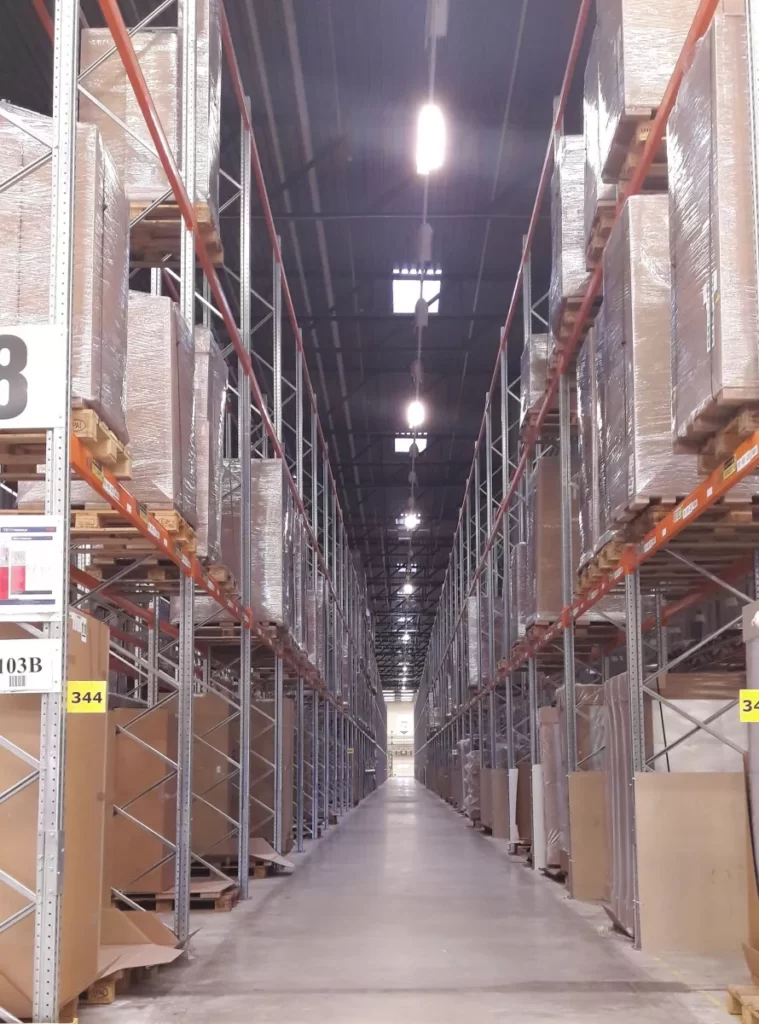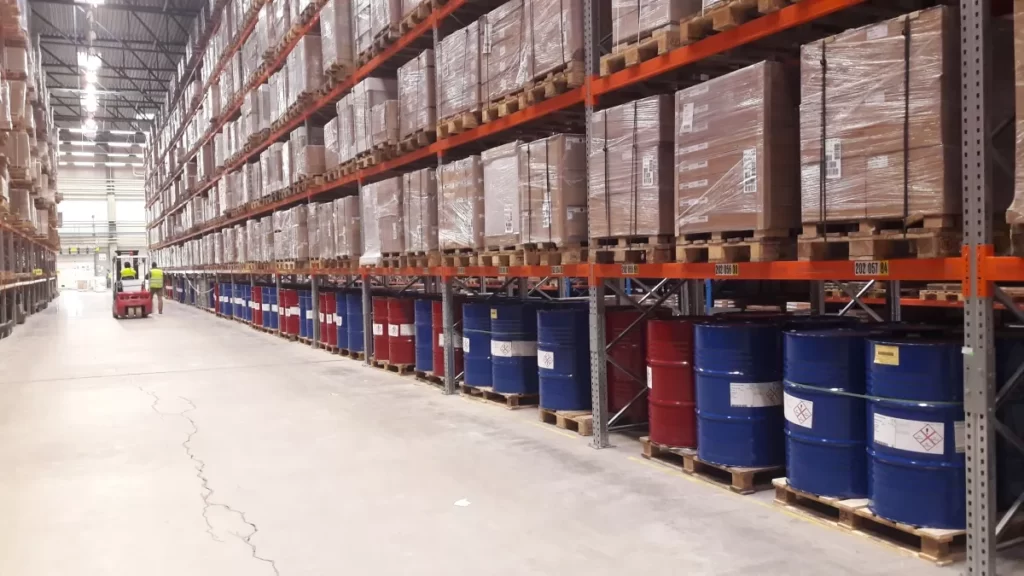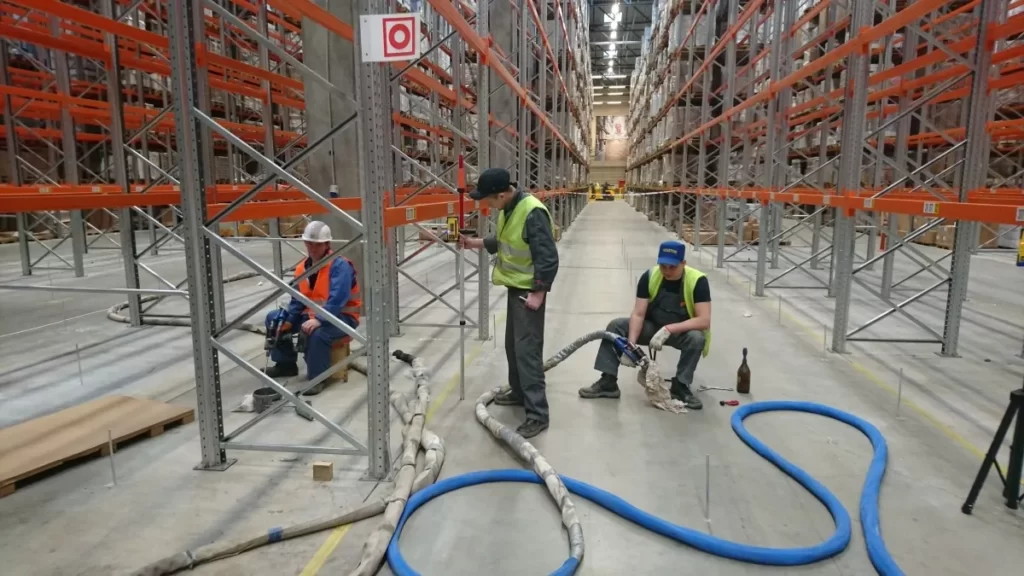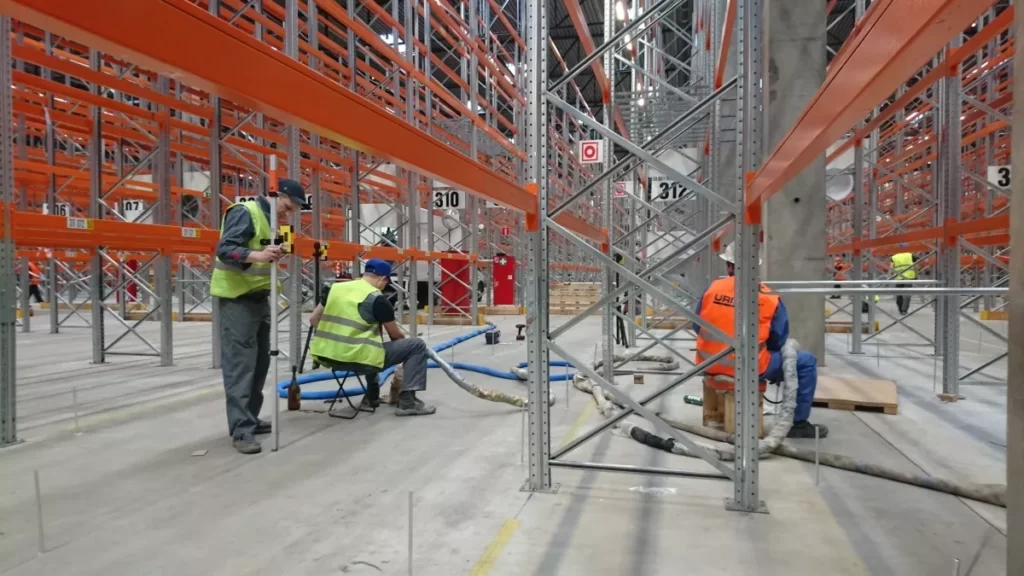STRUCTURAL SUBSIDENCE ALWAYS HAS A CAUSE
What makes foundations sagging?
Foundations settle for a number of reasons. They are all related to changes in the characteristics of the base soils. The changes can be caused by:
1. Changes in the groundwater table lead to changes in soil density, degree of moisture, degree of compressibility and as a consequence, a decrease in its carrying capacity and an increase in settlement.
2. Major repairs or construction in the neighborhood can change the soil structure, especially if excavation or pile work is done. Often, improper earthwork causes landslides and foundation subsidence in neighboring areas. Intense traffic and machine vibrations can also affect the shift of soil layers.
3. Different types of foundations (e.g., in very old buildings, in buildings with extensions or restructuring) work differently. Extensions to a building will settle differently from the main structure. Most often, new foundations will settle in the first five years after construction.
4. Water that soaks into the ground changes the condition of the soil. This can be the result of leaks from broken pipes, lack of a revetment, or a counter slope. In sandy soils, the finer particles are removed, suffusion occurs. In clay soils, supersaturation leads to weakening of the soils and the foundation sags in a weak area.


